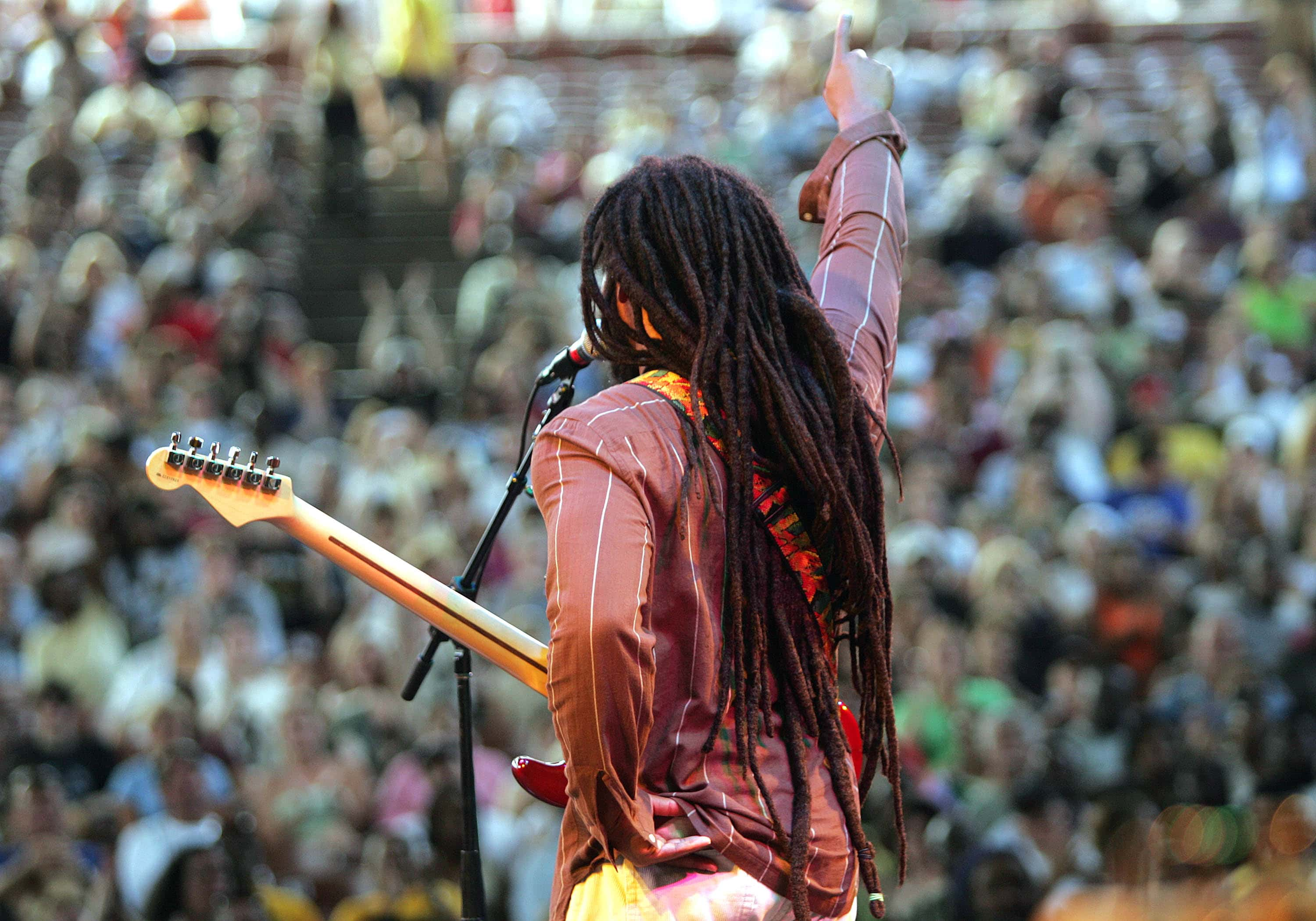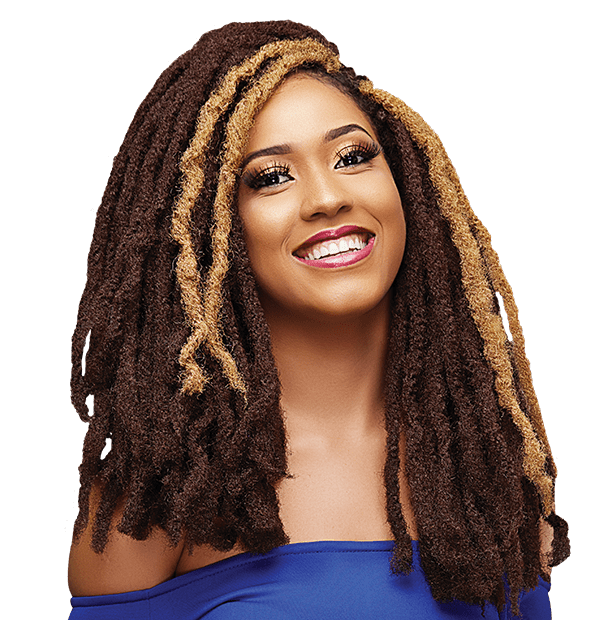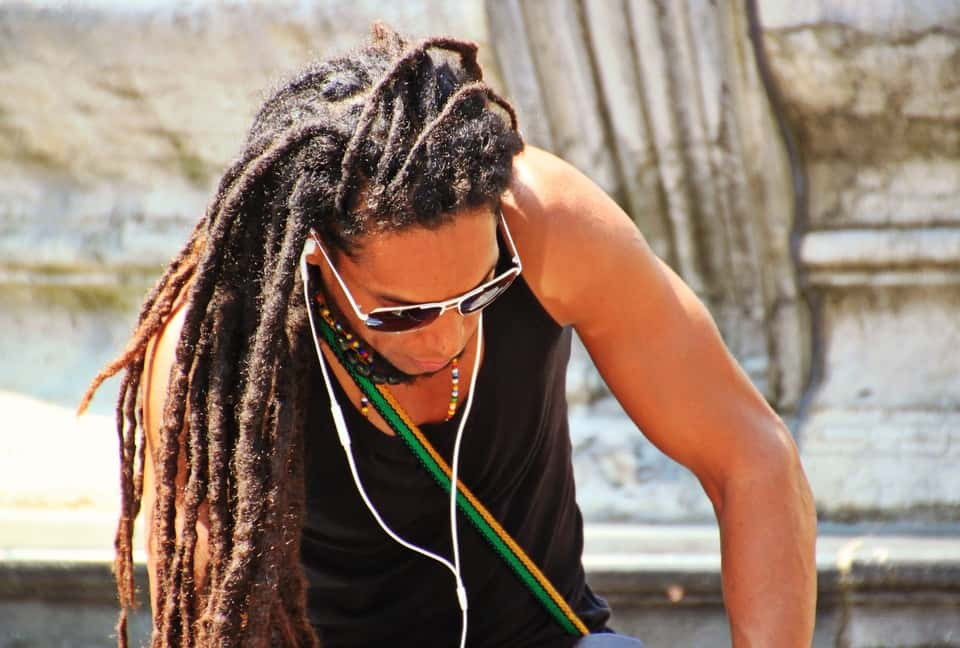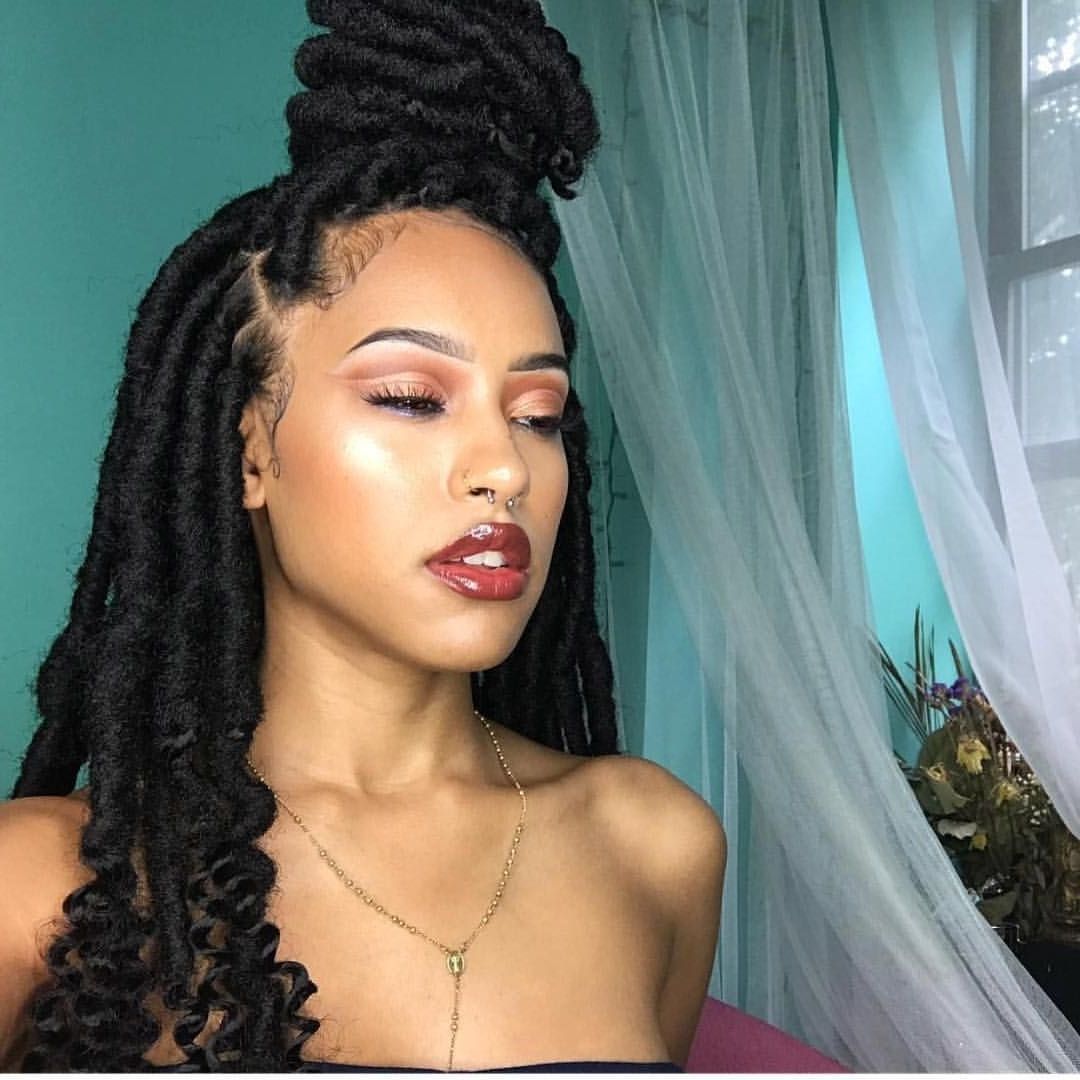Build A Tips About What Is Rasta Hair Called Dutchess From Black Ink Hairstyles

Rastafarians believe that dreadlocks symbolize the strength of their connection with god.
What is rasta hair called. Obviously you need dreads to be called a dread, but as morgan heritage sings,you don't have to be dread to be rasta, this is not a dread lock thing. It is also the way some ancient african priests and israelites wore their hair. Due to this, as well as the reasons we will discuss shortly, the hairstyle became part of the rastafarian tradition.
It later evolved to the term now used: In honor of the mighty warriors of ancient kenya, these guardsmen wore their hair in dreadlocks. How to start dreadlocks for.
But there's so much about rastas we do not know. The style is visually similar to braids, but whereas braids can be installed and “finished” immediately, most dreadlocks hairstyles properly require a period of maturation. For many rastafarians, dreadlocks symbolize courage and strength, which would chime with the story of sellasie.
Rastafarians can often be recognised from the way they style their hair. They were known as the “locksmen”, and they had a spiritual guardian role of sorts. Think of the short haircuts in the mid.
Both dreads and rastas have hair that is locked, that is, hair grown into matted lengths. Rastafarian hair is a unique and iconic hairstyle that has become synonymous with the religion. Today, people call the style dreadlocks, sisterlocks, dreads, and natty dreadlocks.
Rastafarians grow their hair long, before coiling it into dreadlocks. It is most commonly associated with the pat [clarification needed] as a way for rastafari (rastas) and others with dreadlocks to tuck their hair away, but may be worn for religious reasons by rastafari. But there are other theories besides the link to sellasie that might explain the hairstyle's origin.
Here are 10 facts about rastas that will shock you. The hairstyle was originally referred to as a “dreadful” hairstyle by the euro centric jamaican society. Rastas wear dreadlocks and do not shave their hair or beard.
Find out how thin strands of hair can permanently join up into thick locks, next. The dreadlocks hairstyle first appeared in jamaica during post emancipation. Wearing dreadlocks is a very outward physical symbol of rastafari.
Rastas wear dreadlocks because they do not believe in cutting or combing their hair. Rastas emphasise what they regard as living naturally, adhering to ital dietary requirements, wearing their hair in dreadlocks, and following patriarchal gender roles. The rastafarians coil their long hairs into dreadlocks as they believe it to be spiritual.
Another rastafari belief is that knotted hair can prevent energy from escaping the top of your head. It symbolizes strength when long and dreaded, and weakness when cut short. The bixie combines elements of two distinctly recognizable haircuts—the bob and the pixie —and creates a new hairstyle in a gray (but very cute) area.























